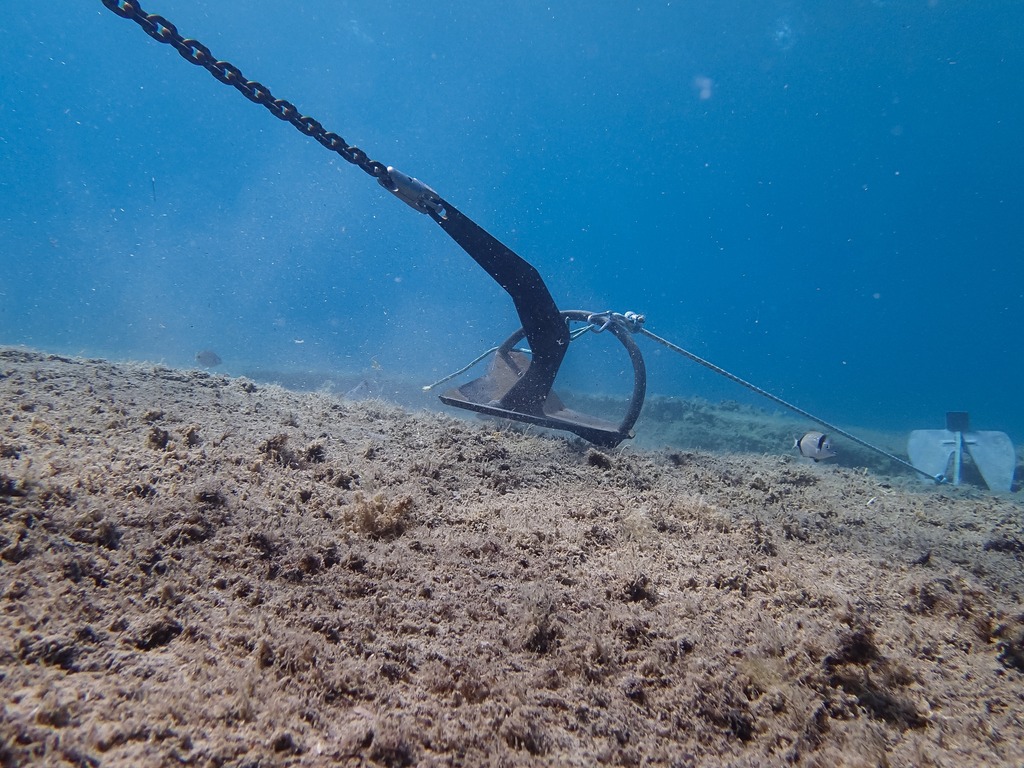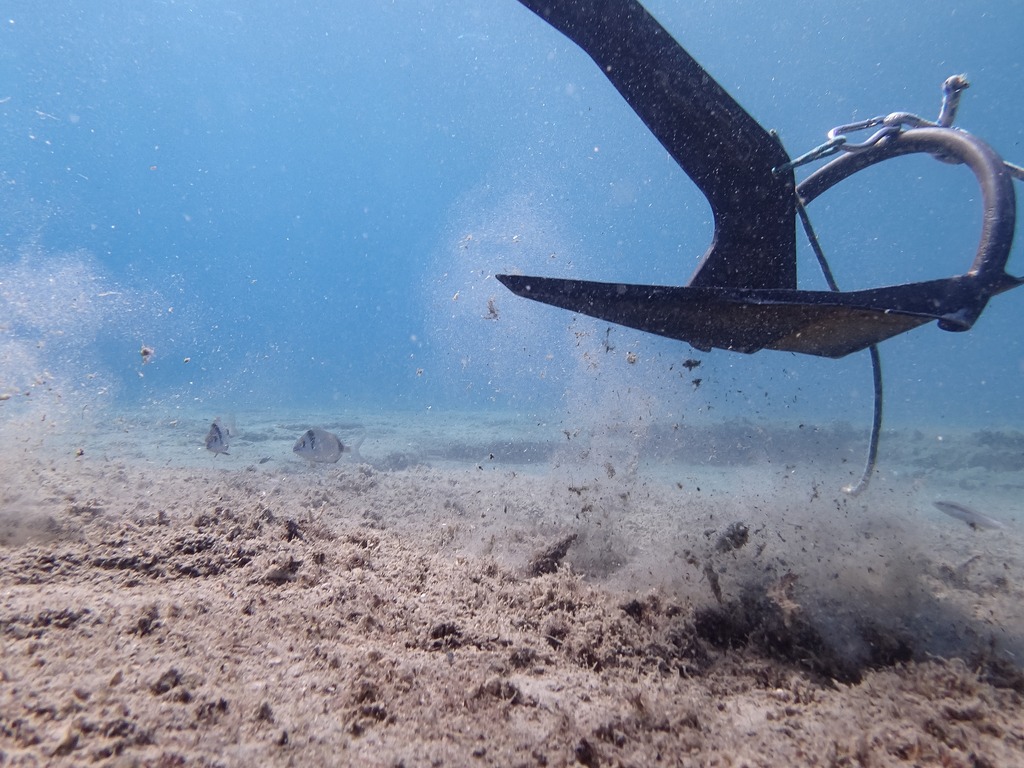BobnLesley
Well-known member
Maybe so, I think you should maybe advise the RYA that their suggestions of application of an"angel" on the anchor will possibly give it a better holding.
Based on my own experience, I soon began to feel that deploying an angel/chum in strong winds just wasn't worth the risk to anchor recovery that it added; it never appeared to make much difference to the chain line/catenary anyway. The only time we consistently used one - a 10kg barbell weight on an old sliding genoa car - was for the stern-anchor rode when mooring bows-to in the Med; it provided a bit of 'damping' against passing boat washes and more importantly, got the rope descending at a steeper angle so keeping it clear of close-passing propellers.


